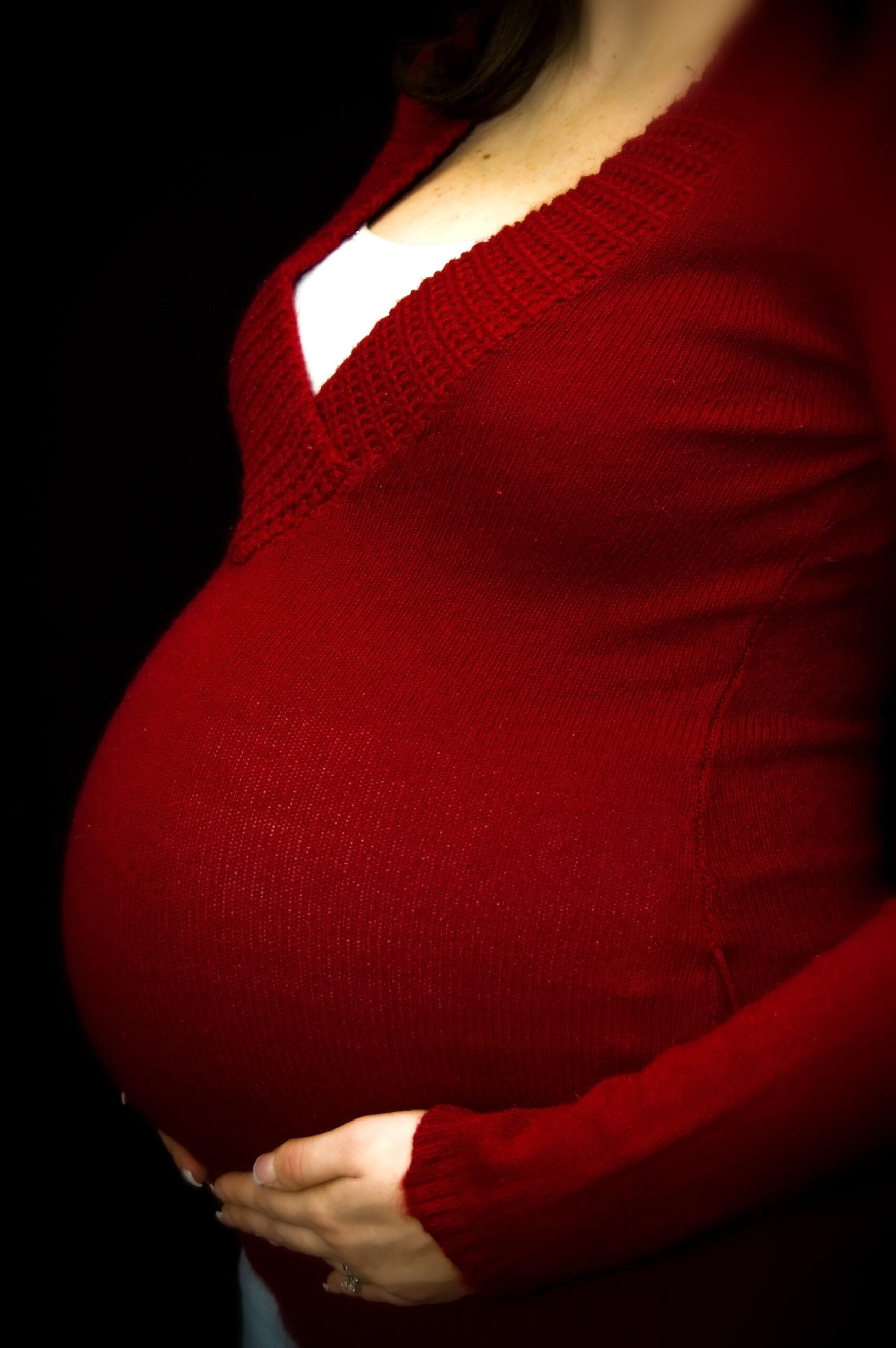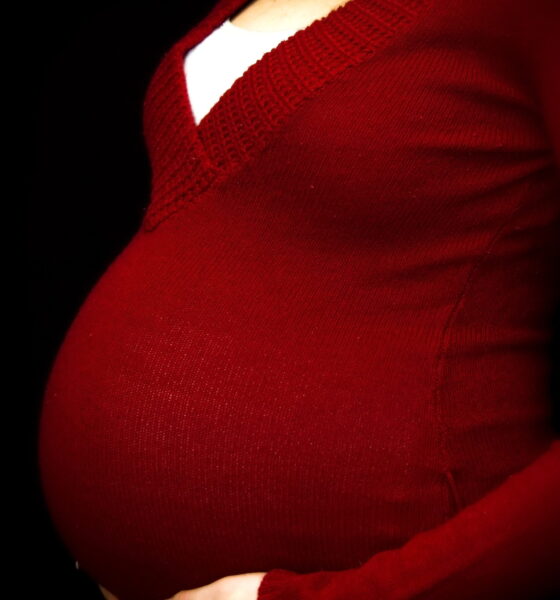

Environment
Urban air pollution increases low birth weight risk
Pregnant women exposed to pollutants and heavy traffic are more likely to have babies underweight and with smaller head circumferences, according to a new study.
The study Ambient air pollution and low birthweight: a European cohort study has collected data from 74,000 mothers in different European countries who gave birth between 1994 and 2011.
It found that for every increase of 5 micrograms per cubic metre in exposure to fine particulate matter – found in industrial pollutants and traffic fumes for instance – the risk of low birth weight increases by 18%.
The study argues that the risk exists even in those areas where pollution levels are lowerr, below the limits considered acceptable by the European Union.
Living near roads with high traffic density has also been associated with greater risk of foetal undergrowth, although the authors of the study say this study does not indicate pollution to be the only and direct cause of underweight. However, by acting on pollution levels, around 22% of low birth weight cases could be avoided.
Lead author Dr Marie Pedersen said, “Our findings suggest that a substantial proportion of cases of low birthweight at term could be prevented in Europe if urban air pollution, particularly fine particulate matter, was reduced”.
“The widespread exposure of pregnant women worldwide to urban ambient air pollution at similar or even higher concentrations than those assessed in our study provides a clear message to policy makers to improve the quality of the air we all share”, she added.
In a commentary, Professor Jonathan Grigg from London Queen Mary University said, “The introduction of the low emission zone in London, UK, has had little effect on concentration of particulate matter, although the vehicle mix has been altered. UK policy makers have shied away from radical solutions to the issue, such as changing diesel-powered black cabs – which contribute 20% of London’s locally generated particulate matter – to cleaner petrol-powered alternatives.”
Further reading:
The Big Smoke: pollution levels in London ‘dangerously high’
East London has four of five most polluted streets in the capital
‘Safe’ pollution levels can amplify lung cancer and heart failure risks
Government launches consultation to reform air quality management




























